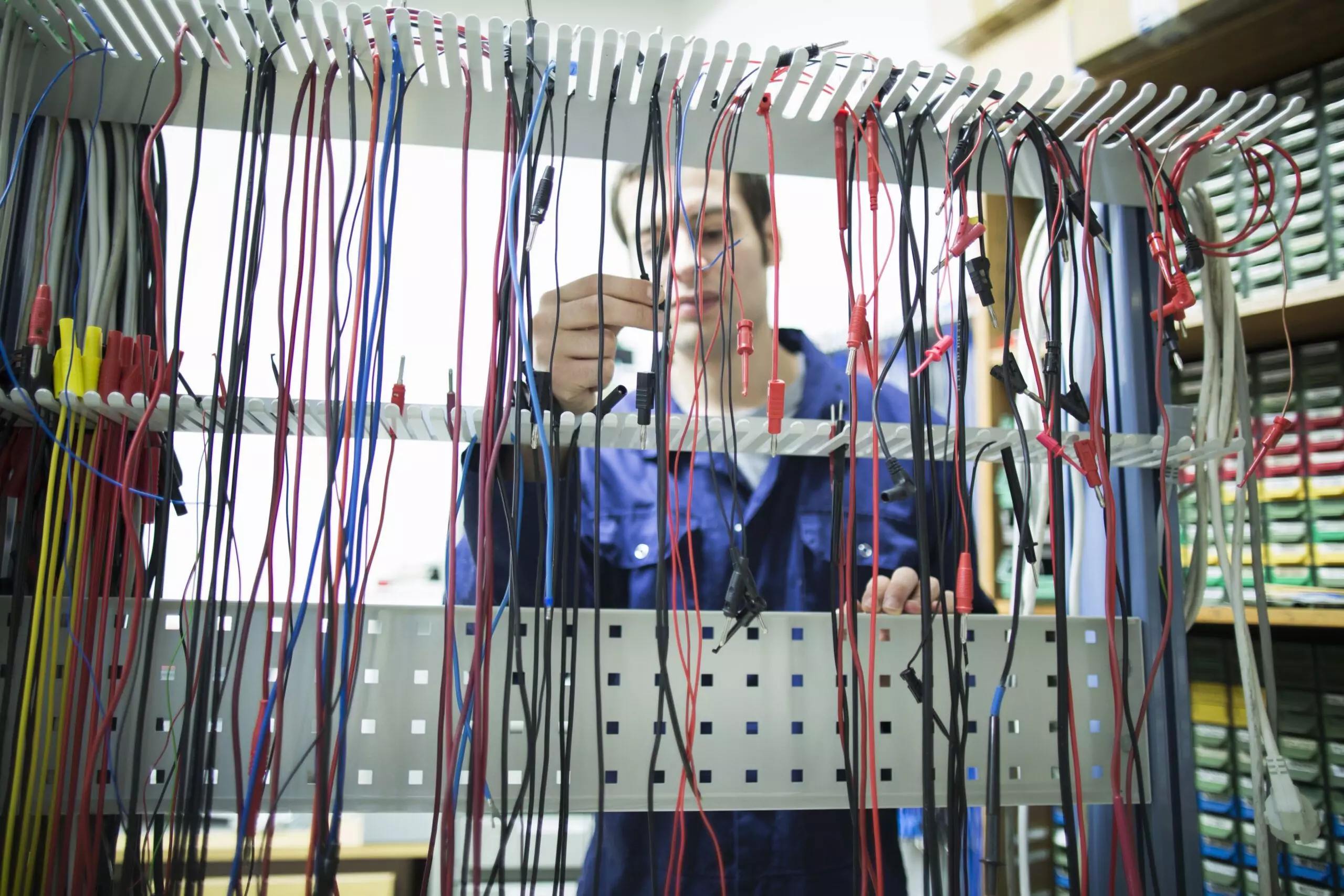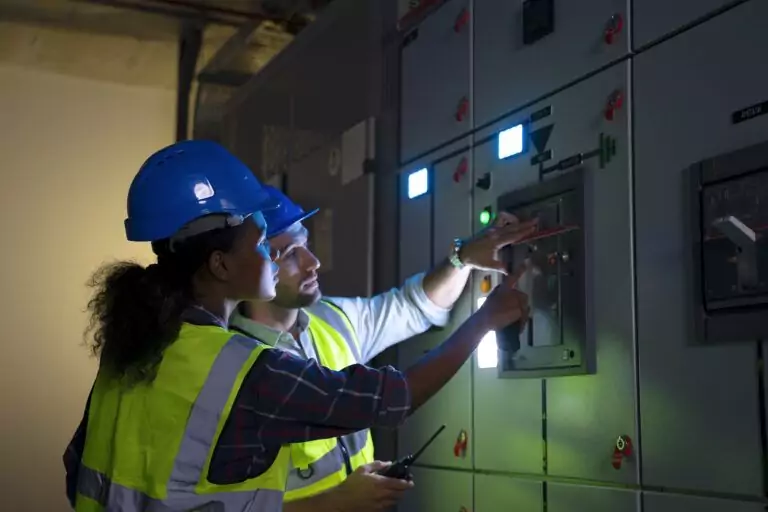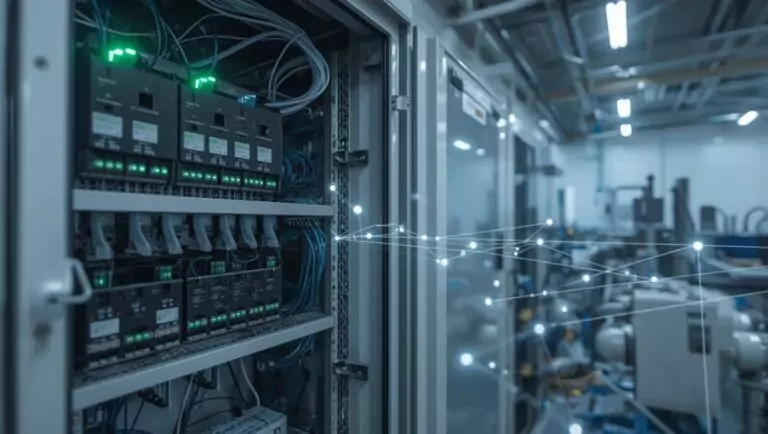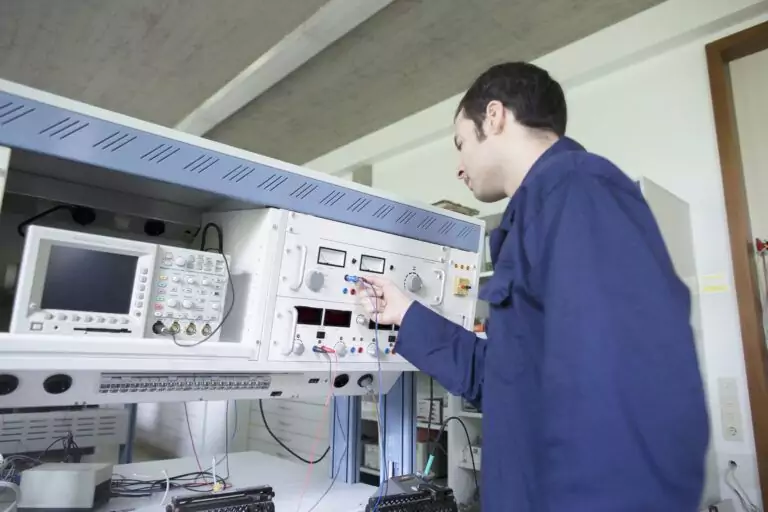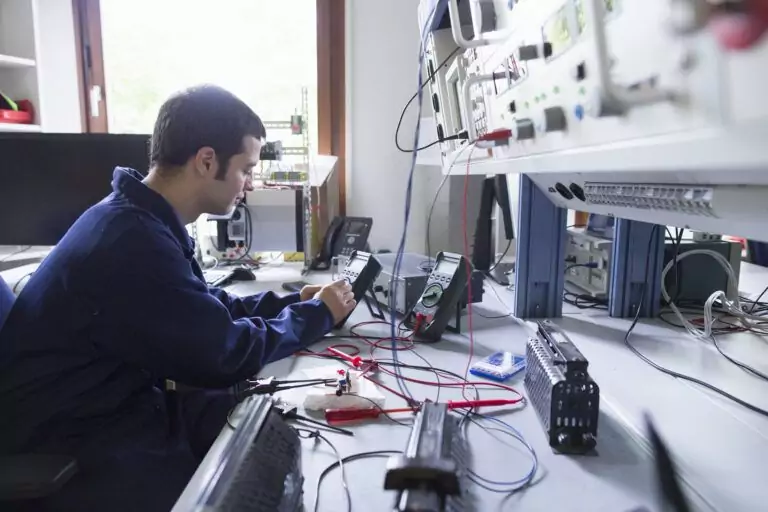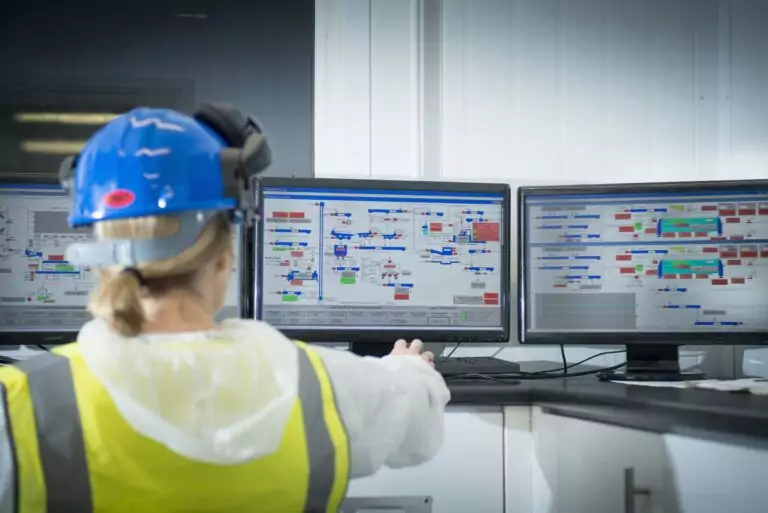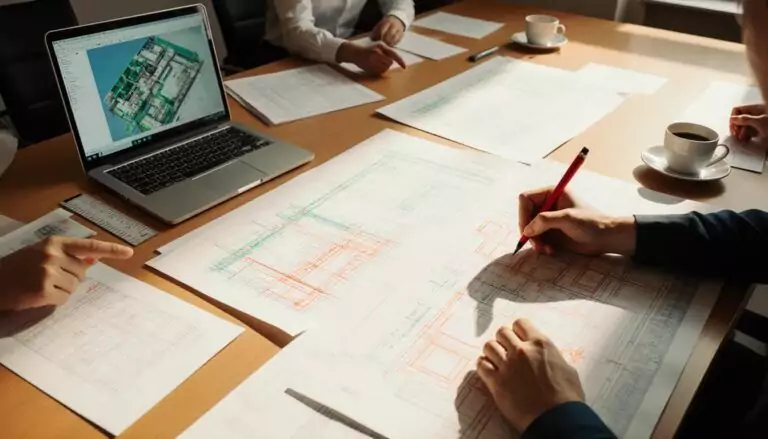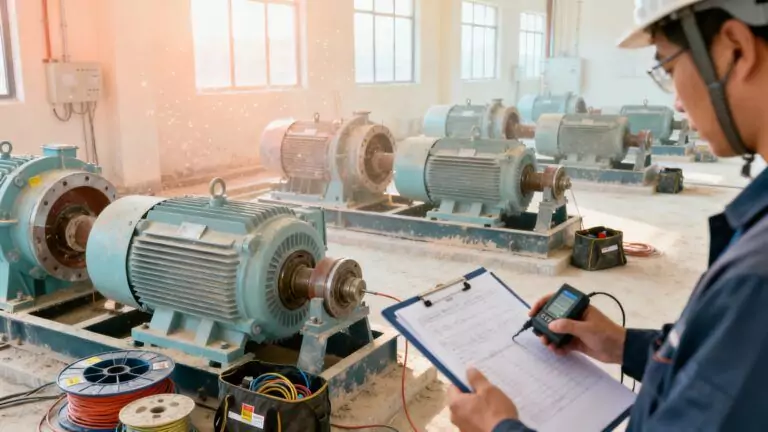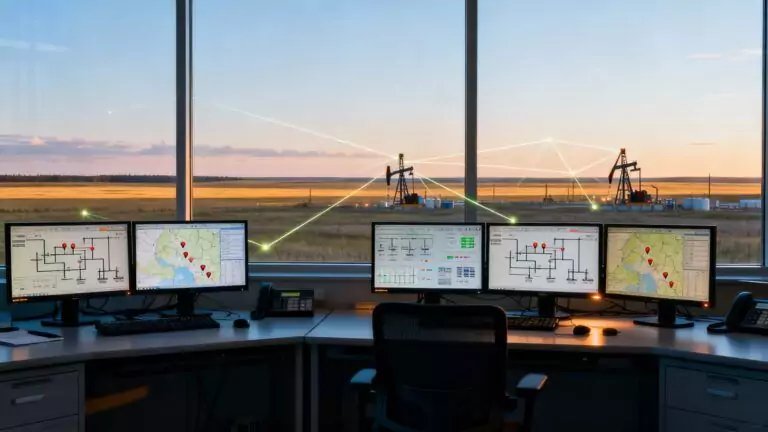Welcome to our comprehensive guide on the best industrial wiring practices! Whether you’re a seasoned electrician or just keen on understanding the complexities behind industrial electrical systems, this article is your go-to resource. These standards and techniques are often implemented and refined by professional electrical engineers who ensure systems meet both safety and performance benchmarks. We delve into the critical importance of adhering to local and international codes, selecting the right materials, and implementing practices that ensure safety, efficiency, and reliability in industrial settings.
We cover everything from the nuances of wire sizing and overcurrent protection to the essentials of grounding, bonding, and cable management. Plus, we highlight the significance of regular inspection, the role of surge protection devices, and the value of proper labelling and documentation. Join us as we navigate through these best practices, standards, and tips to optimise industrial wiring systems for peak performance.
Let’s electrify our knowledge and ensure our industrial environments are not only compliant but also safe and efficiently powered!
What are the Best Industrial Wiring Practices?
Ensuring the safety, efficiency, and reliability of industrial wiring systems is paramount for the smooth operation of any industrial facility. The best practices in industrial wiring are foundational to achieving these goals. Partnering with an engineering consulting company can help ensure these practices are implemented accurately and in compliance with relevant standards. These practices revolve around strict adherence to local and international electrical codes and standards designed to safeguard personnel and equipment.
First and foremost, selecting the appropriate wiring and insulation material is critical. This choice must consider the environmental conditions of the industrial setting, such as exposure to chemicals, moisture, and extreme temperatures, to prevent degradation and ensure longevity. Colour-coded wiring simplifies maintenance and troubleshooting by allowing for quick identification of different circuits and functions.
Proper sizing of wires and cables is another essential practice. This involves calculating the maximum expected current load to prevent overheating and potential fire hazards. Overcurrent protection devices, like circuit breakers and fuses, must be correctly rated to protect the wiring from damage due to excessive current.
Grounding and bonding are vital for preventing electric shocks and ensuring that the electrical system operates safely. A well-designed grounding system protects personnel, facilitates the safe operation of equipment, and helps in the quick clearing of faults. Cable management, including labelling, routing, and securing cables, enhances safety and organisation.
It prevents physical damage to cables, reduces electromagnetic interference, and makes future expansions or repairs easier to manage. Regular inspection and maintenance are also crucial to identify and rectify potential issues before they lead to system failures. Incorporating these best practices into the design and maintenance of industrial wiring systems ensures compliance with legal requirements and, significantly reduces the risk of electrical accidents and improves the overall performance of the industrial facility.
Why is Adherence to Industrial Wiring Standards Important?
Adherence to industrial wiring standards is crucial for several compelling reasons. Partnering with providers of electrical engineering services ensures these standards are met with precision, minimizing risks and maximizing efficiency. Standards such as the NEC (National Electrical Code), IEC (International Electrotechnical Commission), and IEEE (Institute of Electrical and Electronics Engineers) guidelines provide a framework for achieving these outcomes, aligning with the overarching goal of maintaining a safe, efficient, and cost-effective industrial environment.
Ensures Safety by Preventing Accidents
Adhering to industrial wiring standards is paramount in preventing accidents, such as electrical shocks and fires. These standards ensure that all wiring practices meet the highest safety criteria, protecting personnel and equipment from potential hazards.
Enhances Efficiency by Reducing Energy Waste
Compliance with wiring standards plays a crucial role in enhancing operational efficiency. By optimising the electrical infrastructure for maximum performance, these standards help minimise energy waste, leading to a more sustainable and cost-effective operation.
Reduces Maintenance Costs through Reliable Installations
Following established wiring standards results in reliable and durable installations. This significantly reduces the need for frequent maintenance and repairs, lowering the overall operational costs associated with upkeep and downtime, thereby ensuring a smoother, more efficient industrial operation.
What are the Key Standards for Industrial Wiring?
The key standards for industrial wiring, including the NEC (National Electrical Code), IEC (International Electrotechnical Commission), and IEEE (Institute of Electrical and Electronics Engineers) guidelines, serve as the cornerstone for ensuring safe, efficient, and reliable electrical installations. Together, these standards form a robust framework that guides the design, installation, and maintenance of industrial wiring systems, ensuring they meet the highest levels of safety and performance.
NEC (National Electrical Code) for US Applications
The NEC, or National Electrical Code, is the cornerstone standard for electrical wiring and installations within the United States. It provides a comprehensive set of guidelines that ensure safety and compliance across diverse electrical applications, serving as an indispensable resource for industry professionals.
IEC (International Electrotechnical Commission) for Global Standards
The IEC plays a pivotal role in setting international standards for electrical, electronic, and related technologies. By harmonising standards globally, the IEC facilitates international trade and ensures that products and systems adhere to stringent quality and safety specifications, promoting global interoperability and efficiency.
IEEE (Institute of Electrical and Electronics Engineers) Guidelines
IEEE guidelines offer detailed insights and best practices within the realms of electrical and electronics engineering. These guidelines are crucial for the advancement of technology, providing a rich knowledge base that enhances the design, safety, and operational efficiency of industrial wiring systems.
How to Select the Appropriate Wire and Cable Type?
Selecting the appropriate wire and cable type is essential for ensuring the safety, efficiency, and longevity of electrical installations. The process involves considering several critical factors. By carefully evaluating these parameters, one can choose the most suitable wire and cable type for any given industrial application, thereby optimising the system’s overall performance and reliability.
Consider Voltage and Current to Match Load Requirements
Selecting wire and cable necessitates a precise match of voltage and current capacities to the system’s load requirements. This critical step ensures the electrical installation can handle the operational demand without overheating or posing a fire risk, thereby safeguarding both efficiency and safety.
Assess Environmental Conditions like Temperature and Humidity
The choice of wire and cable must take into account the environmental conditions of the installation site. Factors such as temperature, humidity, and potential chemical exposure influence the selection of insulation and material type, which is critical for preventing degradation over time and maintaining system integrity.
Evaluate Mechanical Stresses (Vibration, Abrasion)
Mechanical stresses, including vibration and abrasion, significantly impact the longevity and reliability of wire and cable installations. Assessing these stresses enables the selection of products designed to withstand such conditions, ensuring the durability and continuous performance of the electrical system.
Importance of Proper Cable Management
Proper cable management is pivotal in maintaining the safety, performance, and aesthetics of electrical installations. Additionally, well-managed cable systems are more adaptable to changes and upgrades, providing a scalable solution that can evolve with technological advancements and organisational growth.
Prevents Wire Damage and Potential Fire Hazards
Proper cable management plays a crucial role in preventing wire damage and mitigating the risk of fire hazards. By securely routing and protecting cables from physical stress and environmental factors, the integrity of the electrical system is preserved, ensuring a safer operational environment.
Facilitates Maintenance and Troubleshooting by Organizing Cables
Organised cable management significantly facilitates maintenance and troubleshooting efforts. Clear labelling and strategic routing of cables allow for quick identification and access, reducing downtime and enhancing the efficiency of repair and maintenance activities.
Enhances System Performance by Avoiding Electromagnetic Interference
A well-organized cable system is essential for minimising electromagnetic interference (EMI), which can severely impact system performance. Proper separation and shielding techniques ensure that signal integrity is maintained, optimising the overall functionality and reliability of the electrical system.
Grounding and Bonding Practices
Grounding and bonding practices are essential components of a safe and effective electrical system. Adherence to these practices is not only a matter of safety but also a compliance requirement with OSHA standards, underscoring their importance in industrial and commercial electrical installations.
Protects Against Electrical Shocks by Creating a Safe Path for Fault Current
Grounding practices are designed to protect against electrical shocks by providing a safe path for fault current to dissipate into the earth. This crucial safety measure significantly reduces the risk of injury or fatality in the event of an electrical fault.
Ensures System Stability and Prevents Damage to Equipment
By establishing a common electrical potential across all metallic components, bonding practices ensure system stability and prevent damage to equipment. This uniformity helps in avoiding voltage differences that could otherwise lead to electrical shocks or equipment malfunction.
Complies with OSHA Standards for Workplace Safety
Adhering to grounding and bonding practices is not just about enhancing system performance; it is also about compliance with OSHA standards. These practices are essential for meeting workplace safety regulations, thereby protecting employees and avoiding potential legal and financial repercussions.
Regular Inspection and Maintenance
Regular inspection and maintenance are critical to ensuring the safety, efficiency, and longevity of an electrical system. A well-maintained electrical system is foundational to a safe and efficient industrial operation, making regular inspection and maintenance an indispensable practice.
Identifies Potential Issues Early to Prevent System Failure
Regular inspection and maintenance are key to identifying potential issues early, which is crucial for preventing system failure. This early detection ensures that electrical systems remain operational, safe, and efficient over time.
Extends the Lifespan of Wiring Systems by Addressing Wear and Tear
Routine maintenance actively addresses wear and tear, significantly extending the lifespan of wiring systems. This proactive approach not only maintains the system’s integrity but also enhances its performance and reliability.
Includes Testing for Insulation Integrity and Connection Tightness
An essential component of regular inspection and maintenance is testing for insulation integrity and connection tightness. These critical tests ensure the electrical system’s safety, guarding against risks associated with degraded insulation or loose connections.
Implementing Surge Protection Devices
Implementing surge protection devices is a crucial strategy for safeguarding electrical systems against voltage spikes. This protective measure not only extends the lifespan of the electrical infrastructure but also contributes to the overall safety of the environment, making it an indispensable component of modern electrical systems.
Shields Sensitive Equipment from Voltage Spikes
Implementing surge protection devices is crucial for shielding sensitive equipment from voltage spikes. These spikes can cause significant damage to electrical components, but surge protectors absorb or redirect the excess energy, safeguarding the system’s integrity.
Essential for Areas Prone to Lightning or Power Surges
In regions where lightning strikes or power surges are frequent, surge protection becomes an essential measure. It ensures the continuous operation and reliability of electrical systems, preventing potential downtime and equipment failure.
Labelling and Documentation
Labelling and documentation are fundamental practices in managing and maintaining an efficient electrical system. Together, labelling and documentation not only enhance operational efficiency but also significantly contribute to the safety and longevity of the electrical system, making them indispensable tools in electrical management.
Facilitates Quick Identification of Circuits and Components
Proper labelling is key to the quick identification of circuits and components, streamlining maintenance and troubleshooting processes by allowing for immediate recognition and action.
Essential for Safe and Efficient Troubleshooting and Repairs
Both labelling and documentation are essential for safe and efficient troubleshooting and repairs. They provide critical information that ensures safety protocols are followed, and repairs are conducted efficiently, minimising downtime.
Helps in Maintaining an Accurate Record of the Wiring Infrastructure
Comprehensive documentation helps in maintaining an accurate record of the wiring infrastructure. This record is invaluable for future modifications, upgrades, and ensuring compliance with safety standards, contributing to the overall integrity and sustainability of the electrical system.
Powering Progress Through Precision
From selecting the right wire gauge to implementing effective grounding systems and maintaining impeccable documentation, best industrial wiring practices ensure safety, reliability, and efficiency. Adhering to recognized standards like NEC, IEC, and IEEE mitigates risks and optimises performance across industrial facilities. Proper cable management, surge protection, and regular inspections are vital for long-term operational success.
At Vista Projects, we bring over three decades of multidisciplinary engineering and system integration expertise to every electrical challenge. Our electrical specialists design and deliver truth-based, fit-for-purpose solutions that elevate the reliability and sustainability of industrial infrastructure.
Let’s connect and make your next project safer, smarter, and more efficient. Start with Vista Projects today.
